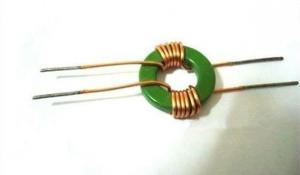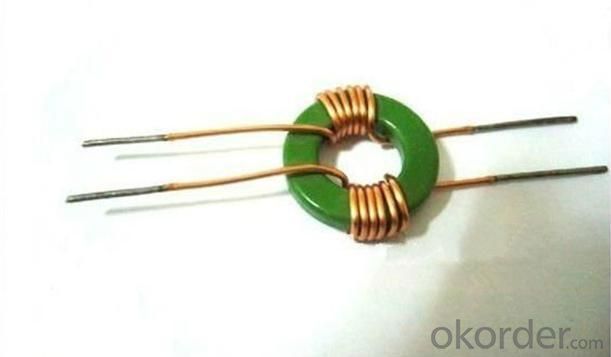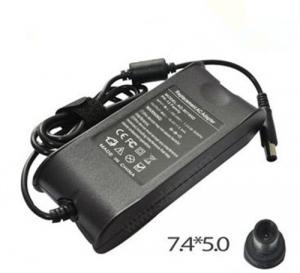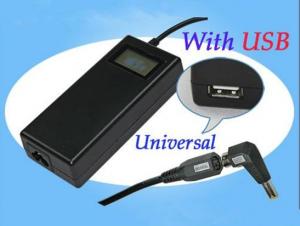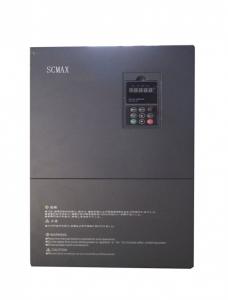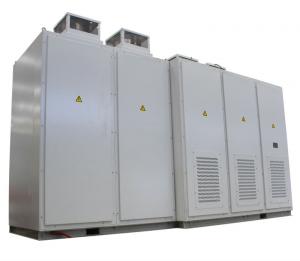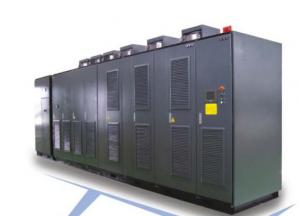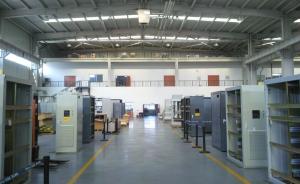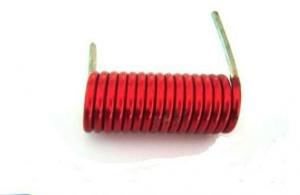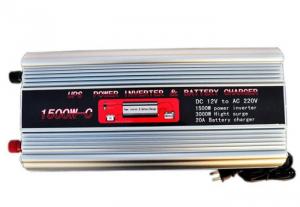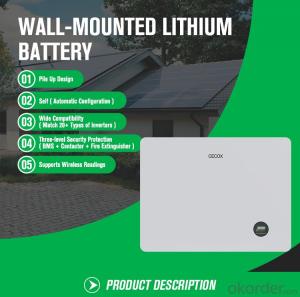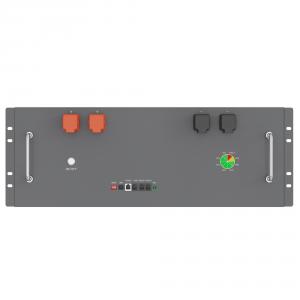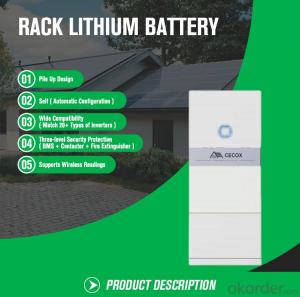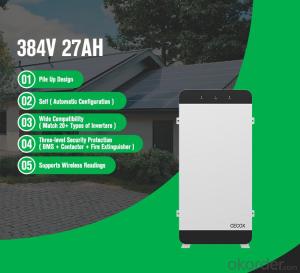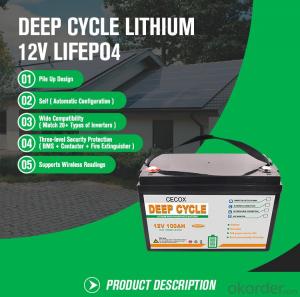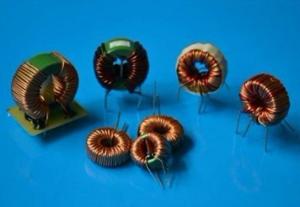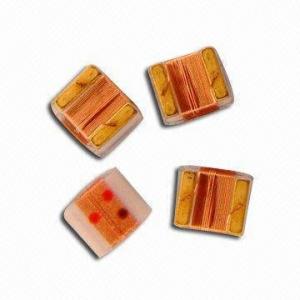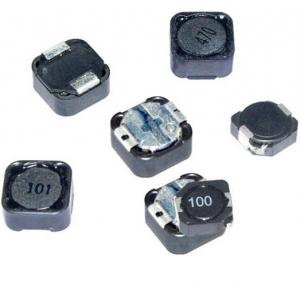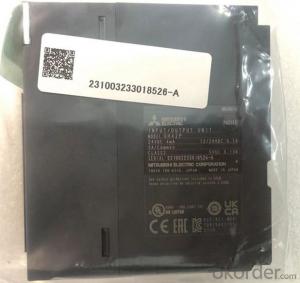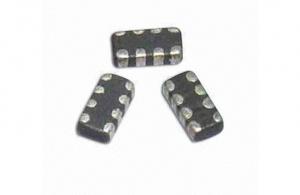Low Frequency High Quality Coil/Inductor
- Loading Port:
- China Main Port
- Payment Terms:
- TT or LC
- Min Order Qty:
- 3000 Pieces pc
- Supply Capability:
- 3000 PiePieces per Week pc/month
OKorder Service Pledge
Quality Product, Order Online Tracking, Timely Delivery
OKorder Financial Service
Credit Rating, Credit Services, Credit Purchasing
You Might Also Like
Specifications
1.Radial Fixed Leaded Inductors with Inductance ranging from 0.30uH to 100mH.
2.ROHS compliance.
3.Good quality and low price
4.low loose
Our products have gained the international certifications, such as CQC, CE, RoHS, UL and so on, from internationally powerful authorities. We have got ISO9001 certificate. We promise to offer the best products to our clients. We look forward to cooperating with all friends for more mutual benefits.
- Q:I think I understand this more now after looking at my notes a little more. I need to turn them into polar form to make the division easier. Then I can put it back into the original form after.
- The magnitude of the circuit impedance is equal to the inductive reactance provided by the inductance: L X ωL, but ω 200 rad/s so that X 200(0.25) 50 ohm while V 100 volts the phasor current for the circuit: I V/Z where V is the voltage phasor V 100 angle 0? and the complex impedance: Z jX j50 Therefore: I 100/(jX) -j2 2 angle -90? The phasor current lags the phasor voltage by 90?.
- Q:i have a AC source of voltage V and some frequency f, a resistor and an inductor in series. i'm trying to use VIZ, setting Z (R+X(L)). but for the Voltage, do i use peak to peak or rms voltage? and explain to me the reason you chose that one over the other one in this situation. also for the current i will be measuring in series, how should i measure this for an AC circuit? i know multimeters have AC or DC options for voltage reading, but for current, seems like theres only a DC option. any suggestions with this issue? thnx guys
- You have to use RMS and assume a sine wave. The 2 pi bit in Xl2piFL requires this. Good luck the rest is correct.
- Q:Here is the diagram
- For the circuit Vb Vr + Vl At t0+ the current in the resistor is zero (or nearly) so the voltage across the resistor is 0v. At time0 then VlVb At tinfinity the current has risen to Vb/R. This is the current in the inductor. The magnetic energy stored for the steady state is U 1/2 * L * i^2 (I get U 3.2E-4 J)
- Q:and is increasing at the rate of 100 mA/s. a.) What is the initial energy stored in the inductor if the inductance is known to be 61.0 mH? Jb.)How long does it take for the energy to increase by a factor of 10 from the initial value? s
- If you look up inductor on Wikipedia, you'll find that. E?LI? Where Eenergy LInductance Icurrent So finding the energy isn't hard. To find the time for part b, first find the current needed for 10 times the enrgy (also using E?LI?, but this time with 10 times the energy). Then, if we assume that the rate of increase is constant (seems to be true from the problem statement) finding the time is a matter of dividing the current difference by the rate of change (the 100 mA/s).
- Q:A student wants to figure out if an unlabeled item is a capacitor or inductor. He applies a voltage with diferent frequencies and find that as the frequency goes up, the current through the item goes down. Is this a capcitor or an inductor? Why? Thanks for the help! Please explain in detail.
- An easy way to remember the answer is to apply DC (frequency 0) and see what happens: In inductor is simply a coil of wire. If DC is applied, it will be nearly a short circuit, and very high current will flow. As the frequency increases, the current will get lower. A capacitor is simply 2 parallel plates that don't touch, separated by a dielectric. If DC is applied, you will have an open circuit and no current will flow. As the frequency increases, the current will also increase.
- Q:If a full wave rectification of an A.C. current flows through a closed circuit in series a coil of wire wound around a solenoidal core, what happens to the current in the overall circuit?
- the current in the overall circuit would be like the curve of square of sine function
- Q:All the current from the wire before it will go through the inductor because there is no resistance, right?
- Almost. If it is made of very low ohmic value.
- Q:if the frequency is 60 Hz.
- Ohm's law tells you that V I*R, which translates to V I*Z in an AC network, where Z is impedance. We want to know the current I, which we can express as I V/Z. We know the voltage is 110V AC, so to find the current we should find the impedance and calculate it that way. Inductors have an impedance of Z L*w, where w is the frequency in radians per second. 60 Hz means you have 60 complete oscillations (cycles) per second, which is equal to 2*pi*60Hz 376.9 radians per second. Since the L of our inductor is 0.9H, our impedance must be Z 0.9H*376.9rad/s 339.23ohms of impedance. Now that we know the impedance, we calculate the current. I 110VAC/339.23ohms 324.27mA AC.
- Q:At what frequency will a 75.0 mH inductor have a reactance of 800 Omega ?Please help me with this question.
- 800 ohms Inductive Reactance X? 2πfL plug in the numbers
- Q:A 3.9 H inductor is in parallel with a 67Ω resistor. The inductor current is 7.6 A at t 0 . Find: (a) iL(0.8ms)If another 67Ω resistor is connected in parallel with the inductor at t 1 ms, find: (b) iL(2ms)
- a) I inductor 7.6(e^(-t/τ)) where τ L/R 3.9 H/ 67Ω 58 milliseconds At 0.8 milliseconds, I inductor 7.6(e^-(0.8/58)) 7.496 Amps b) at 1 milliseconds, I inductor 7.6(e^-(1/5.8)) 7.47 amps the new time constant is τ L/R 3.9 H/ 33.5Ω 116 milliseconds since R is now 67||67 33.5Ω I inductor 7.47(e^-((t-1 ms)/τ)) at 2 mS, I inductor 7.47(e^-((2-1)/116) 7.47(e^-(1/116)) 7.41 amps
Our goods sell very well and gain a good reputation from the clients with our production scale, environmentally friendly products, excellent product quality, first-class enterprise management, the most competitive price and perfect service.Our products have gained the international certifications, such as CQC, CE, RoHS, UL and so on.
1. Manufacturer Overview |
|
|---|---|
| Location | Shenzhen, Guangdong, China (Mainland) |
| Year Established | 2006 |
| Annual Output Value | US$2.5 Million - US$5 Million |
| Main Markets | North America; South America; Eastern Europe; Southeast Asia; Africa; Oceania; Mid East; Eastern Asia; Western Europe; Central America; Northern Europe; Southern Europe; South Asia; Domestic Market |
| Company Certifications | CE Certificates |
2. Manufacturer Certificates |
|
|---|---|
| a) Certification Name | |
| Range | |
| Reference | |
| Validity Period | |
3. Manufacturer Capability |
|
|---|---|
| a)Trade Capacity | |
| Nearest Port | Shekou,Yantian |
| Export Percentage | 51% - 60% |
| No.of Employees in Trade Department | 3-5 People |
| Language Spoken: | English, Chinese |
| b)Factory Information | |
| Factory Size: | 3,000-5,000 square meters |
| No. of Production Lines | 9 |
| Contract Manufacturing | OEM Service Offered Design Service Offered Buyer Label Offered |
| Product Price Range | Average |
Send your message to us
Low Frequency High Quality Coil/Inductor
- Loading Port:
- China Main Port
- Payment Terms:
- TT or LC
- Min Order Qty:
- 3000 Pieces pc
- Supply Capability:
- 3000 PiePieces per Week pc/month
OKorder Service Pledge
Quality Product, Order Online Tracking, Timely Delivery
OKorder Financial Service
Credit Rating, Credit Services, Credit Purchasing
Similar products
New products
Hot products
Hot Searches
